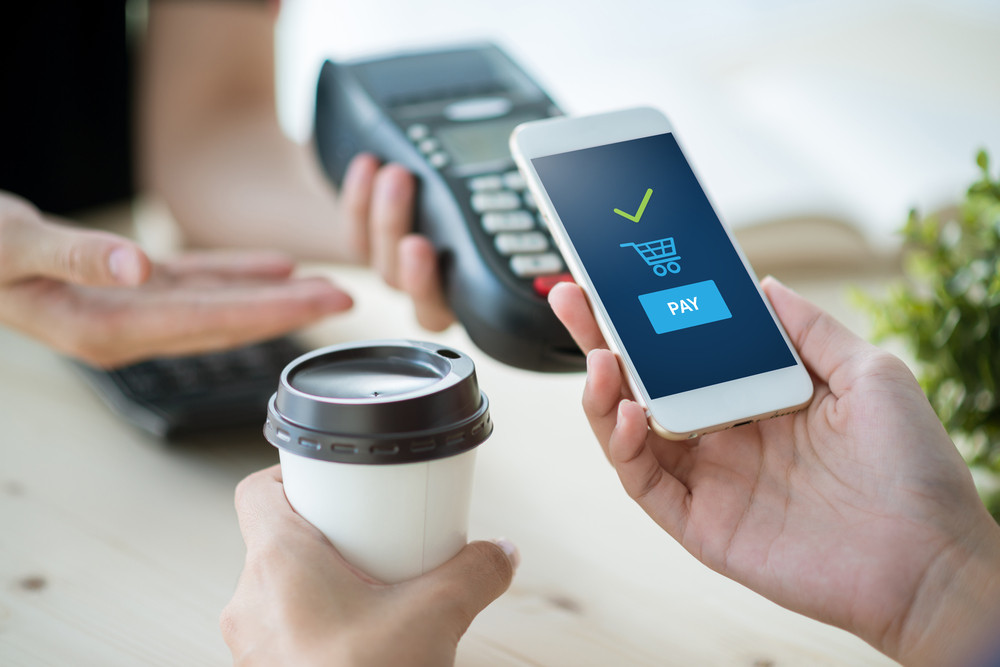Popular Reads
Top Results
Can't find what you're looking for?
View all search resultsPopular Reads
Top Results
Can't find what you're looking for?
View all search resultsE-money transactions in Indonesia skyrocket 173% in January
E-money transactions reached Rp 15.8 trillion (US$1.1 billion) in January this year, close to tripling last year’s Rp 5.8 trillion transactions, according to BI data.
Change text size
Gift Premium Articles
to Anyone
E
lectronic money (e-money) transactions in Indonesia’s retail market skyrocketed by 173 percent in January from a year earlier, with nonbank fintech dominating the scene as the country works its way toward a cashless society, the central bank says.
Bank Indonesia (BI) senior deputy governor Destry Damayanti said that the growth of e-money in retail transactions had especially picked up in the past two years, as consumers shifted to the ease of noncash options.
“Last January, the growth of e-money was 173 percent year-on-year. So, it is growing in dominance,” Destry said during a panel discussion on CNBC Indonesia’s Economic Outlook 2020 in Jakarta on Wednesday.
E-money transactions reached Rp 15.8 trillion (US$1.1 billion) in January this year, close to tripling last year’s Rp 5.8 trillion transactions, according to BI data.
“The possibility, if we look [ahead], is that the players change, from banks to nonbanks for the retail [market],” Destry added, explaining how Indonesia’s consumers were moving away from ATM and debit cards as payment options.
The top-five e-wallet mobile applications in Indonesia based on the number of monthly active users between 2017 until 2019 were Gojek, OVO, DANA, LinkAja and Jenius, according to a joint study between iPrice Group and App Annie. Most of them are nonbank players.
Read also: Fintech payments triumph as GoPay, OVO dominate scene
In addition to that, the number of electronic platforms has grown steadily in the past couple of years. The latest data from BI recorded 41 licensed e-money platforms as of February 2020, up from 38 last year.
This shows that a growing number of players is trying to benefit from e-wallet transactions, which were already valued at $1.5 billion in 2018, according to the joint study.
Indonesia’s consumers are the driving force behind this growth. Between 2017 and 2018, digital consumers in Indonesia grew from 64 million to 102 million, 53 percent of the total population in Indonesia, according to a recent study done by Facebook in collaboration with Bain & Company.
With the growth of digital consumers, online shopping is predicted to increase 3.7 times from $13.1 billion in transactions in 2017 to $48.3 billion in 2025, the study says.
A JP Morgan report on Indonesia's e-commerce insights in 2019 explains that the e-commerce market growth in Indonesia will be driven by its youthful population, where the average age of the country’s population is just 30.5 years.
“Indeed, half of all Indonesians are aged under 30, and there is a rising middle class,” the report stated. Out of the total 264 million population, internet penetration amounted to 32.3 percent and 40 percent for smartphone penetration, another contributing factor in the growing adoption of digital payments.
The developments bode well for Indonesia’s move toward a cashless society, which started many years ago. In 2014, the central bank initiated the national noncash movement (GNNT) as Indonesia eyed becoming Southeast Asia’s digital hub. (ydp)










